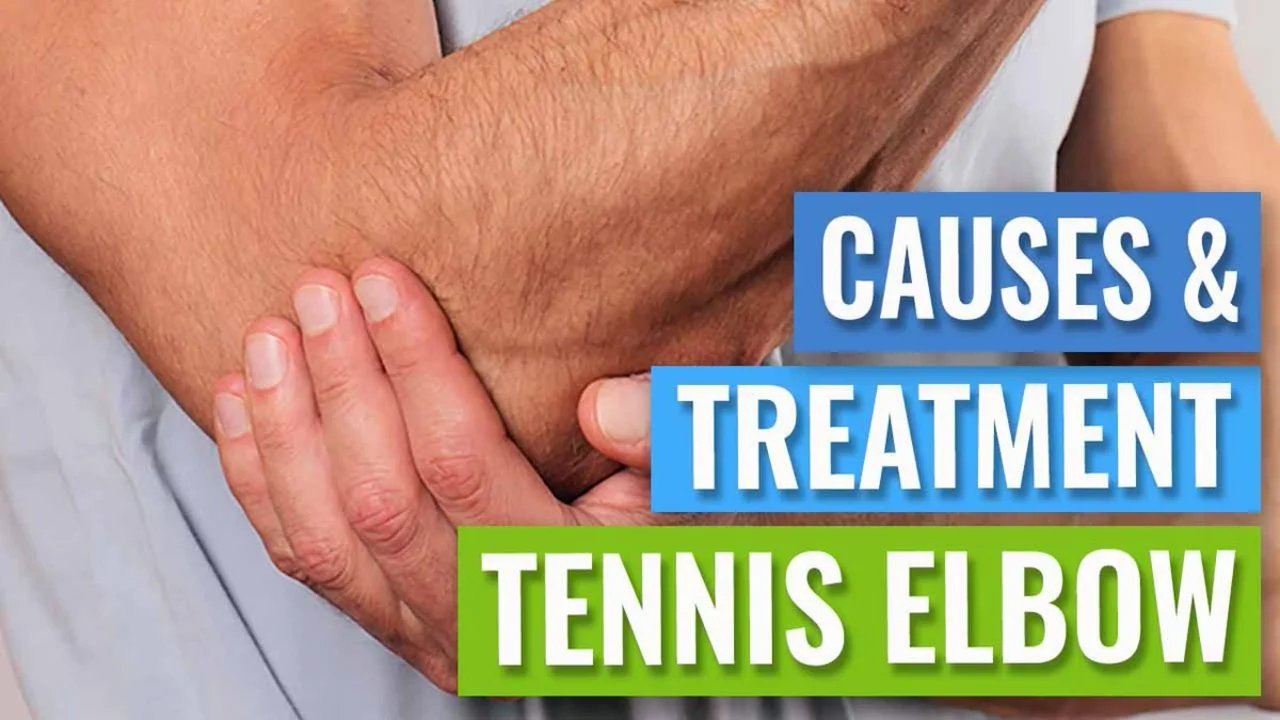Recovery: Fast Ways to Heal and Stay Ready on Court
After a tough match or a long practice, your body needs more than a quick stretch. Good recovery lets you play again sooner and reduces the chance of injury. Below are simple, proven steps you can add to your routine right after you finish a session.
Rest, Sleep and Nutrition
First things first – give your muscles time to rebuild. A solid 7‑9 hours of sleep each night is when most repair happens. If you can, take a short nap on the day of a heavy workout; even 20 minutes helps reduce fatigue.
Eat a balanced snack within 30 minutes of finishing. Aim for a 3:1 ratio of carbs to protein – a banana with a handful of nuts or a yoghurt smoothie works well. The carbs refill glycogen stores while protein supplies the amino acids needed for muscle repair.
Ice, Compression and Gentle Movement
Apply ice to sore spots for 10‑15 minutes, three times a day, during the first 48 hours. Ice cuts inflammation and eases pain without masking it. For tennis elbow, a compression sleeve or brace adds gentle pressure, supports the tendon, and lets you stay active without aggravating the condition.
Don’t stay still for too long. Light movement – a short walk, easy swings with a lighter racket, or a low‑intensity bike ride – keeps blood flowing and speeds up waste removal. Think of it as “active recovery” rather than full rest.
Stretching and Mobility Work
When the ache has settled, spend 5‑10 minutes on dynamic stretches. Arm circles, wrist flexor stretches, and hip openers prepare your joints for the next session. Hold each stretch for about 20 seconds, breathing deeply to let the muscles relax.
Foam rolling the forearms, upper back and calves can also break up tight knots. Roll slowly, pausing on tender spots for a few seconds before moving on. This simple tool saves you from built‑up tension that often leads to chronic pain.
Hydration and Electrolytes
Staying hydrated is non‑negotiable. Water replaces the fluid lost in sweat, but after long matches you also need electrolytes like sodium and potassium. A sports drink, coconut water, or a pinch of salt in your water bottle does the trick.
Check your urine colour – pale yellow means you’re on track; dark amber signals you need more fluid.
Mental Reset
Recovery isn’t just physical. Take a few minutes to breathe, visualize your next game, or write down what went well and what to improve. This mental reset clears anxiety and keeps you motivated.
Use a simple 4‑4‑4 breathing pattern: inhale for four seconds, hold for four, exhale for four. It calms the nervous system and improves sleep quality.
Putting these steps together creates a routine that fits any schedule. A 15‑minute post‑match plan – ice, snack, stretch, hydrate – can make a huge difference over weeks. Consistency beats occasional fancy treatments, so stick with the basics and watch your performance rise.
Remember, recovery is an ongoing part of training, not an afterthought. Treat your body right today and you’ll feel the payoff on the court tomorrow.
Health and Wellness

Post - Tennis Elbow Treatment?
After enduring a bout with tennis elbow and going through treatment, I've learned a lot about the recovery process. The treatment primarily involves rest, physiotherapy, and sometimes medication or surgical intervention. Resting the affected arm and avoiding strenuous activity is crucial for recovery. Physiotherapy exercises help rebuild strength and flexibility in the elbow. If these measures don't work, doctors may recommend pain relievers, steroid injections, or even surgery in severe cases.